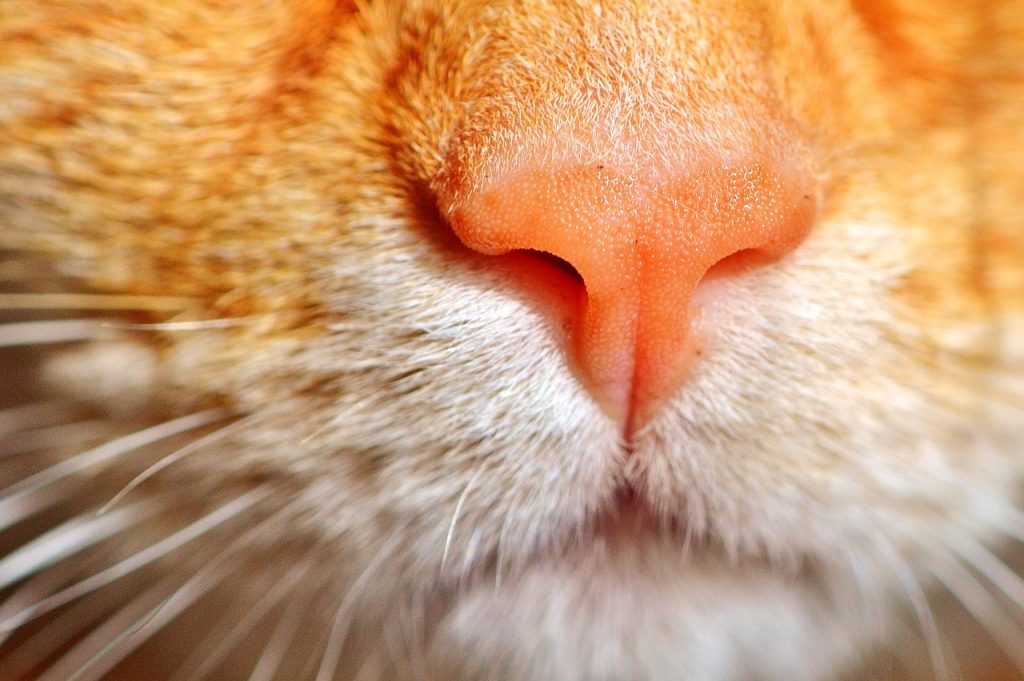The Oxford Dictionary defines the word pest as, “a destructive insect or other animal that attacks crops, food, livestock, etc”.
However, in a recent paper drafted by RSPCA Australia, this is the classification now assigned to feral cats. In their public consultation draft for Identifying Best Practice Cat Management in Australia (released to the public in May 2017) they state that, “Declaring feral cats as a pest species under State biosecurity or natural resource management legislation is a key step in recognising the need for that urgent action to address the impacts of feral cats”.

While the wording in the article may seem innocent enough, and bring to mind a fly buzzing around your head, there are deeper undertones and implications that affect the welfare of all animals declared a “pest species”. Once this classification is made, animal welfare is not so strictly enforced. Why, you may ask? According to the Australian Government Department of Environment and Energy, “The objective for managing the majority of established feral animals is to reduce the damage caused by the pest species in the most cost-effective manner”.
The responsibility of the control of these animals can be a little tricky, but the majority of this responsibility falls within either the States or Territories. While this may mean that most of the guidelines would be followed, in most jurisdictions the “eradication” and control of these animals fall to private landholders who may not have the time or knowledge to do this in a way that would be humane. But even the “humane” method as outlined online by The Australian Government Department of Environment and Energy is fairly questionable. Yellow phosphorous recommended for pigs can cause them suffering for up to 2 days before they die. Chloropicrin gas used in rabbit warrens causes prolonged respiratory failure which can last for up to a week before the rabbits die. And a fun fact about Chloropicrin? It was used as a part of chemical warfare in the First World War.

This form of baiting does not only affect the “pest species” though. It affects any animals who come across the bait thinking that it may be a tasty treat for themselves. In some instances, less than 10% of the pest species are actually affected by the baiting. It also causes endless amounts of suffering such as convulsions and seizures and, in some cases, this can last for several hours before the animals dies. None of the methods listed by the official Australian Government Department of Environment and Energy are 100% successful, they cause untold stress and suffering to the animals – whether they may be listed as a pest species, or not – and all of this really calls in to questions whether much consideration has been put in to the welfare of all these species. The term, “quick and dirty” comes to mind when reading through the endless ways these ‘invasive’ animals can be eradicated.
The list of pest species is extensive in Australia, including such animals as European rabbits, the common bushtail possum, feral camels, and even in some areas where they may be considered harmful to the natural flora and fauna, kangaroos are added to this list. And now feral cats are right up there with them.

When Johnny Depp and Amber Heard attempted to bring their dogs into Australia, there were court cases, fines, and one rather amusing video all indicating what a negative impact this would have had to the environment because they were brought in illegally and did not go through the proper channels to ensure that they were rid of harmful bacteria and illnesses. But aren’t the methods and means behind controlling the population of the pest species just as harmful to the environment? And to the animals themselves?


